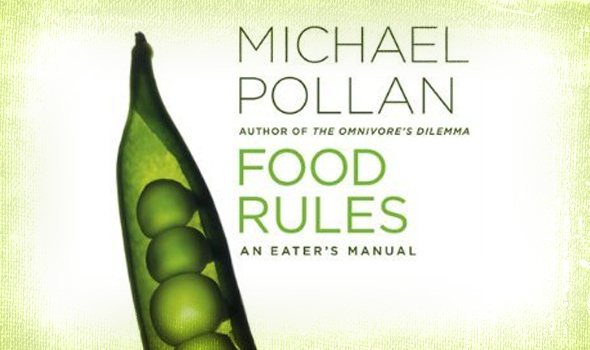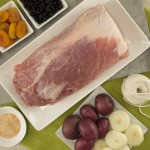Now that we are in the new year, we’re yet again bombarded with fad diets and smart scales, made to feel equally guilty about the extra butter we use and the gym memberships we don’t. All of this negativity in the service of so-called self-improvement quickly turns into self-criticism and self-doubt. But at SAGE, we’re all about real self-improvement—the kind that grows from sustainable healthy habits and an underlying sense of respect for yourself and the world around you.
You may already know Michael Pollan’s well-publicized catchphrase: “Eat food. Not too much. Mostly plants.” He elaborates on these ideas in his 2009 classic, Food Rules: An Eater’s Manual. Nearly a decade after publication, it’s still one of the best resources out there for creating sustainable change in your eating patterns.
The assumptions that undergird Pollan’s text are simple and few. First, nutrition science is a very young “way of knowing” compared to culture and evolution. Second, there are many natural dietary variations among the cultures of the world, all of which support healthy populations—and the only eating pattern that makes people sick is the modern Western one. In reaction to the understanding that modern nutrition science and processed foods haven’t made us healthier, Pollan returns to older ways of knowing, reasoning that there may be real truth in what’s stayed with us and kept us well for so long. He consolidates and fact-checks crowdsourced folklore, aphorisms, and practices regarding food, and gives them to us in 64 simple, easy-to-understand “rules.”
We’ve shared our five favorites below, summed them up for you, and even provided a little SAGE commentary. These stood out among the rest because they were original, easy to remember, and particularly useful when applied to our daily lives.
- Eat only foods that will eventually rot. Processing means removing nutrients that make foods go bad faster. Unfortunately, that means you’re missing out on nutrients—like omega-3 fatty acids, fiber, and vitamins B and C—that are really good for you.
- Treat meat as a seasoning or special occasion food. The less meat you eat, the more digestive real estate (and money, and storage space) you have for varied, nutrient-dense, and nutrient-diverse foods like fruits, veggies, legumes, and grains.
- Eat all the junk food you want as long as you cook it yourself. French fries, fresh pasta, Smith Island cakes, and chocolate croissants will be on the menu much less often when you have to put in the time and effort to make them from scratch.
- Treat treats as treats. Shift the focus from food-shaming “cheat days” or “guilt food” and their accompanying obsession with weight and deviance. You’re not a cheater; you’re not guilty; you’re just enjoying something delicious on occasion.
- Cook. Short of hiring a personal chef who follows shopping lists to a tee, this is the only way to keep portion sizes and ingredients firmly in your control.
Our only tiff with this book is its title: at SAGE, we don’t believe in hard-and-fast food rules. And truly, Pollan’s rules aren’t “rules” at all—they’re merely guidelines to pique your interest and help you find what works for you. So let’s forgive Mr. Pollan his misnomer and recap your new food mantra, SAGE-style:
- Eat food—because it’s not about calorie counts; it’s about quality nutrients.
- Not too much—because it’s not about ironclad rules; it’s about consistent healthy habits.
- Mostly plants—because it’s not about restriction of “bad” foods; it’s about the inclusion of many nutritious foods in moderation.
And be sure to check out the whole book for helpful tips that resonate with you!







